Climate Action Center Process Steps
Below are the top-level process steps that a project running through the Climate Action Center will typically go through. Steps in colored text are unique parts of our process where digital models are used to add value to the project by allowing for an evidence-based and mathematically supported consideration of alternative solutions, accelerating the design phase, ensuring full stakeholder alignment and reducing both project cost and project risk. And, even though there are a few extra steps that you don’t have in a normal project, we are still able to significantly accelerate projects by doing things in parallel.
Presented below is an example of a typical city scenario, but the process steps are very similar when these techniques are used for regional or national governments and also for private sector companies.
Step 1
Identify projects
City planners identify one or more approaches that they think are most appropriate to mitigate greenhouse gas (GHG) emissions or address a resilience challenge.
Step 2
Identify appropriate models
City engineers work with the CAC Foundation digital engineering experts to select one or more models to use based on the region of the world and the type of project. There is no charge for the model provided that the city agrees to share any improvements made to the model with the CAC Foundation (this is how models evolve over time).
Step 3
Prepare for Concurrent Design Sessions
An “intake session” is conducted by a professional facilitator where the projects are examined and the key stakeholders who must be involved in the design process are identified. The intake session includes the facilitator along with both a project manager and an engineer from the city. If it is agreed that a project should continue, city engineers update the existing “template” models with information specific to the local area in preparation for the upcoming Concurrent Design sessions.
Step 4
Conduct Concurrent Design Sessions
A number of Concurrent Design / Digital Engineering sessions are conducted with all of the key stakeholders in attendance. During these sessions, design decisions are made that balance the technical needs of the project, resiliency & GHG reduction requirements, available budget, risk, the desires of local citizens and more. The modeling software makes it easy to analyze and compare different solution approaches and often teams will simultaneously develop more than one solution in order to be able to propose different approaches in the final report.
Step 5
Prepare final report
At the completion of the sessions, a final report is prepared that outlines the proposed solution(s) and provided to city managers. The city managers compare the solutions and select the one that they consider the best way forward.
Step 6
Prepare RFQ
A request for quotation (RFQ) is drafted using data from the model and additional information gathered during the Concurrent Design sessions. It is important to note that RFQs developed using these techniques are higher in quality than ones developed using more traditional (document based) techniques. This makes it easier for industry to bid on projects and allows for lower “risk premiums” to be built into project cost estimates which ultimately results in less expensive and more competitive bids, projects that run smoother during execution and a greater likelihood that projects will be completed on time.
Step 7
Execute Project
After a contact is awarded, the winning bidder is provided with the digital models and any artifacts developed during the Concurrent Design sessions that may be helpful during project execution. Contractors are not obligated to use these products, but in some cases, contractors will continue using Concurrent Design techniques and digital models throughout the entire lifetime of the project.
Step 8
Iterate and Improve Models
Information gathered during the execution of the project can fed back to the CAC Foundation where it can either be incorporated directly into the models (if it is quantifiable) or can be added to documentation for the model in order to help others who may ultimately face the same issues. For example, for an ESA satellite mission, if a new type of solar cell is developed but is not a part of the template model, it gets added to the template during the project where it can easily be accessed the next time the template is used.
